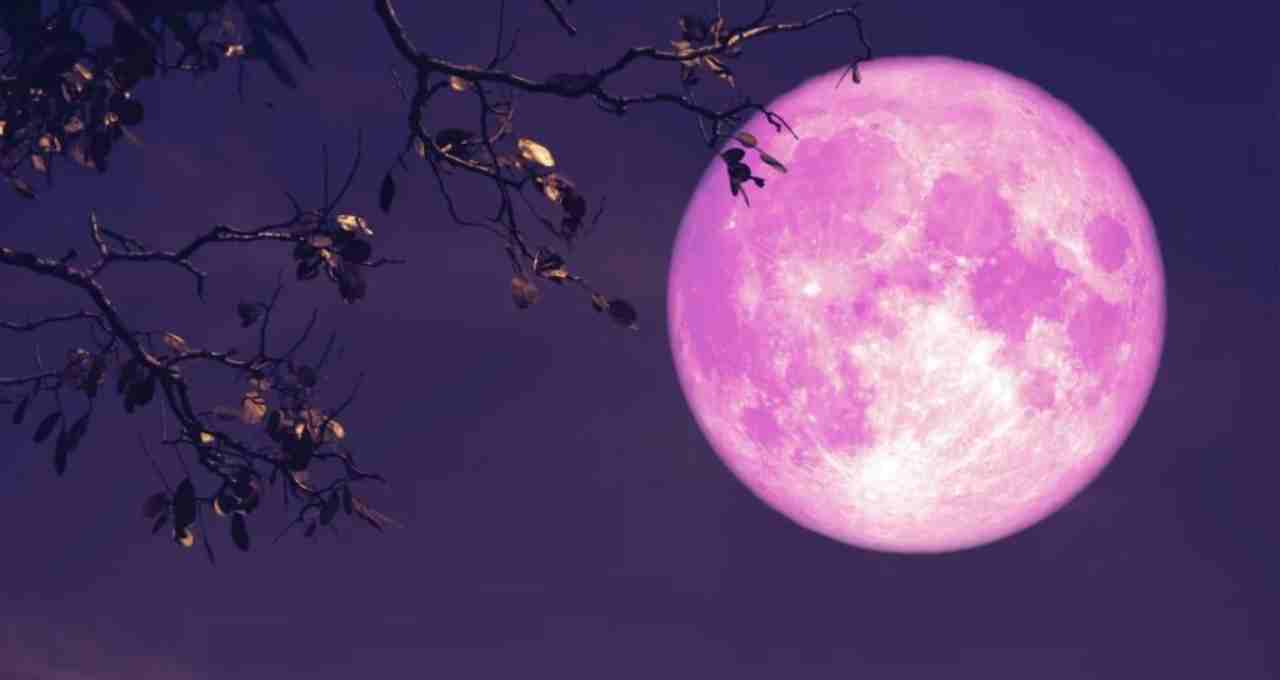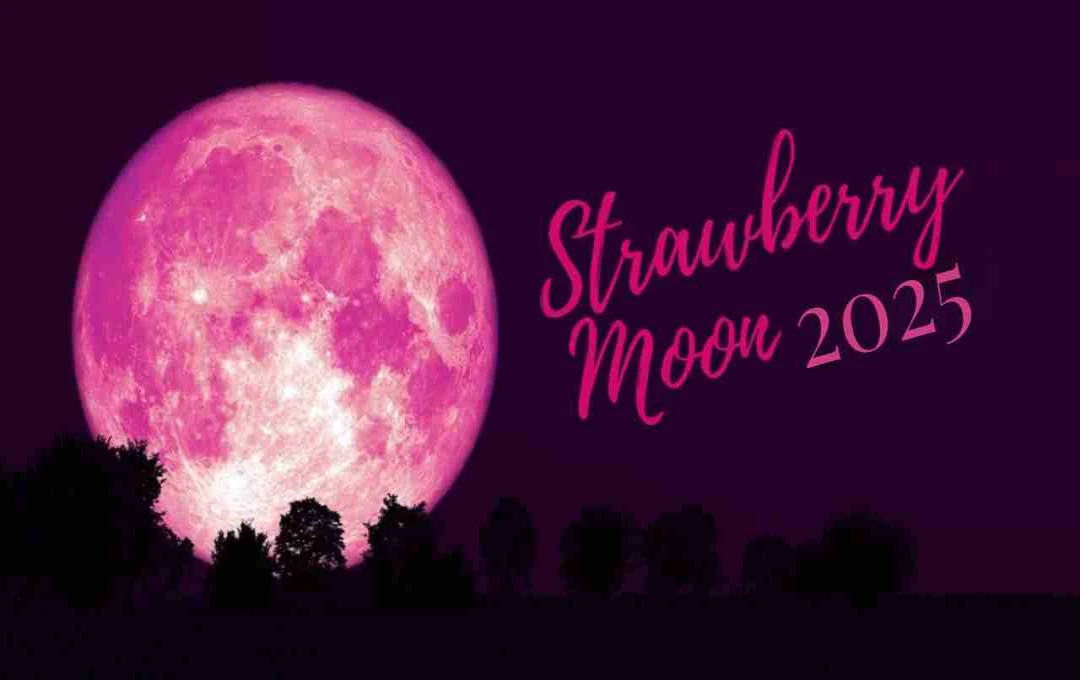On June 11, 2025, the night sky will be adorned with a celestial wonder: the Strawberry Moon will grace the heavens, captivating sky enthusiasts worldwide. This will be the final full moon of June, notable not only for its beauty but also for its status as a micro moon this year. This astronomical event promises a spectacular display for astronomers and the general public alike.
Let's delve into the details of this unique Strawberry Moon: when, where, and how it will be visible, and why it's called the Strawberry Moon.
The Strawberry Moon: A Celestial Celebration
The name "Strawberry Moon" might lead some to believe the moon will appear red or pink. However, its name isn't derived from its color but rather from its cultural and seasonal significance. Native American tribes, particularly those in North America, viewed this full moon as a signal of the strawberry harvesting season. Strawberries ripen in June, and this full moon marks the beginning of the harvest. This is why this lunar event is called the Strawberry Moon.
This year's Strawberry Moon is unique because it's also a micro moon. A micro moon occurs when the moon is at its farthest point from Earth in its orbit, a point called apogee. In this position, the moon appears slightly smaller and less bright than a typical full moon. However, its charm is undiminished, especially when it rises near the horizon and takes on a golden, orange, or slightly red hue due to atmospheric effects.
When and Where Will the Strawberry Moon Appear?

The Strawberry Moon will illuminate the night sky in its full glory on June 11, 2025. According to astronomical calculations, this full moon will reach its peak around 1:14 AM Indian Standard Time on June 11. However, this time may vary depending on local time zones. In India, it will be visible after sunset on the evening of June 10th on the southeastern horizon. During this time, the moon will appear larger and brighter near the horizon, a phenomenon known as the "moon illusion." This is an optical illusion that makes the moon seem larger than normal.
Globally, the Strawberry Moon will appear at different times in various locations. For instance, in New York City, USA, it will reach its full phase at 3:44 AM Eastern Time on June 11. It will also be easily visible in Europe, Asia, and other continents during nighttime, weather permitting. Open fields, mountainous areas, or beaches—locations with clear horizons—are ideal for viewing this spectacle.
The Specificity of a Micro Moon
A micro moon is approximately 14% smaller and 30% less bright than a typical full moon. This is because the moon is about 405,500 kilometers away from Earth at this time—a greater distance than usual. This distance is due to the elliptical nature of the moon's orbit. Nevertheless, the Strawberry Moon's beauty will remain undiminished.
Especially when it's near the horizon, atmospheric light scattering can give it a golden or orange color, making it even more captivating.
The Science of the Full Moon
A full moon occurs when the moon is positioned between the sun and Earth in such a way that its entire surface is illuminated by sunlight. In this position, the portion of the moon facing Earth appears fully lit. During the Strawberry Moon, craters and plains on the lunar surface will be clearly visible, especially if you use binoculars or a telescope. This astronomical event is not only a visual feast for the eyes but also showcases a beautiful harmony between nature and science.

Cultural and Seasonal Significance
The Strawberry Moon's importance is not just astronomical but also cultural and seasonal. It arrives a few days before the summer solstice (June 20, 2025), marking the beginning of summer in the Northern Hemisphere. In many cultures, this full moon signifies the end of spring or the start of summer. This time symbolizes nature's regeneration and abundant harvests. In India, too, the full moon holds special significance and is associated with various religious and cultural festivals.
How to Observe
No special equipment is needed to view the Strawberry Moon; it's easily visible to the naked eye. However, using binoculars or a telescope will reveal more detail on the lunar surface, such as craters and plains. Clear skies and a pollution-free area will enhance the experience. Enjoy this astronomical event with family and friends, and capture this unique spectacle of nature with your camera.















